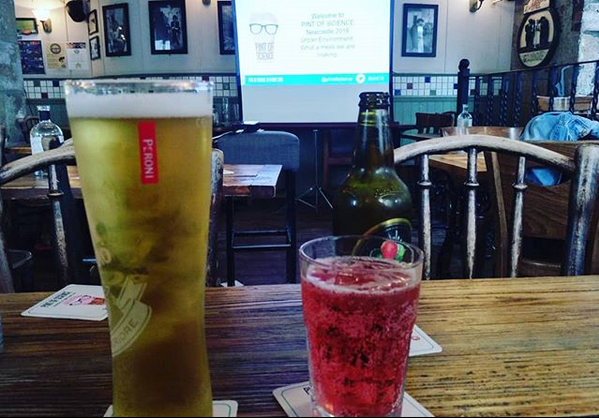by Emma Kampouraki

Over the last couple of centuries, we have faced rapid and unprecedented urbanisation. Cities comprise of a complicated urban system which can easily break down as a result of both external and internal factors.
In an attempt to study the system of a system and understand how a city operates, we have to go the traditional way and do what drives scientific research over time; observe! An observatory is more likely to be a keyword for astronomy; nevertheless, it is also a useful concept when trying to collect observations about our cities. Our observations in turn help us generate the data needed to understand how one system impacts the other system, for example in the interaction of transport, electricity and drainage. In the desert of our knowledge about cities, making evidence-based decisions seems like a sci-fi scenario. We normally ‘try stuff without having data’ and we then have to deal with our disappointment and a few thousand pounds -if not more- wasted. At the same time, politics and various short-term requirements drive policies that stay in place longer than their optimum lifespan.
With this in mind, researchers from Newcastle University, as part of the Urban Observatory Programme of the University and the national UKCRIC observatory programme through the CORONA project, have installed as many as 200 air pollution monitoring sensors fitted with CCTV cameras (that take up to 2000 observations per minute) around Newcastle. This compares to a devastating figure of only 35 sensors in London.
The sensors record more than 60 variables of air pollution, wind, people and movement, all day and night. As expected, before and after an event, the image of air pollution that is received can be markedly different. However, the function of the sensors is highly dependant on a number of other systems, the most critical of which is the availability of network for data transmission. And here comes the take of lamppost; urban monitoring is hard, owned by councils and managed by other stakeholders. The question of reliability is of course always relevant; damp and gaps in data are some of the major issues to be resolved.
As Philip James, Senior Lecturer in GIS pointed out, ‘’smart cities are not a done deal. Sensors cost a lot, mainly for maintenance, and context is always more important than just data.’’
The Air Quality Directive takes account of guidelines from the World Health Organisation. It sets certain limits and information requirements for several pollutants to help countries address and prioritise the harmful effects of pollution. For nitrogen dioxide (NO2) the Air Quality Directive sets the annual mean concentration levels of NO2 limit value at 40μg/m3 for the protection of human health.
Over a ‘pint of science’, we learnt with real examples that city monitoring is a great way to not only learn more about the urban environment we have constructed, but also assess biodiversity and raise citizen awareness. Smart cities have more than sensors, for example smart bins, but we’ve still got time for improvement.